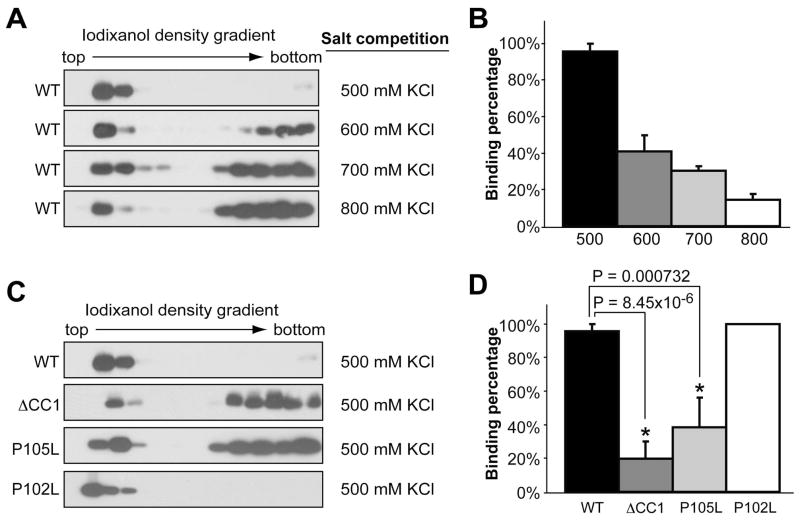Figure 5. Middle region localized P105L and P102L mutations and positive charges at N-terminus have different effects on electrostatic rPrP-lipid interaction.
(A) Salt competition assays for wild type human rPrP incubated with POPG in the presence of indicated salt concentrations. After binding, the POPG-rPrP complex was separated by the iodixanol density gradient. (B) Densitometric analyses of results in (A). (C) Salt competition assays for human rPrP mutants ΔCC1, P105L, or P102L incubated with POPG in the presence of 500 mM KCl. PrP was detected by immunoblot analysis with POM1 antibody. (D) Densitometric analyses of results in (C). For densitometric analyses, the density sum of all 12 fractions in each experiment was used as the total amount of rPrP, and the density sum of the first six fractions was used as the amount of lipid bound rPrP. The binding assays were repeated 3 times for each sample. The error bar represents the standard deviation and the asterisk indicates a significant difference.

